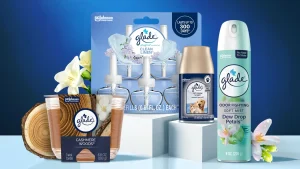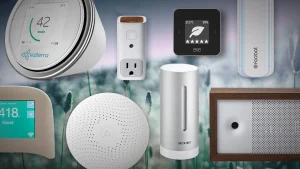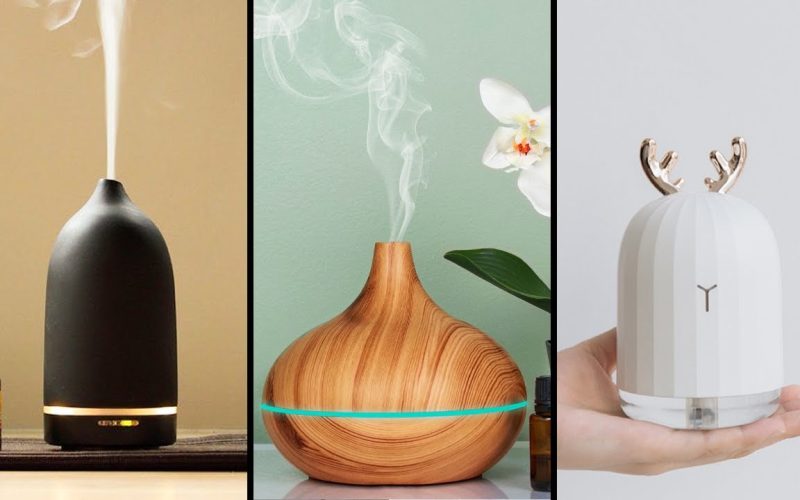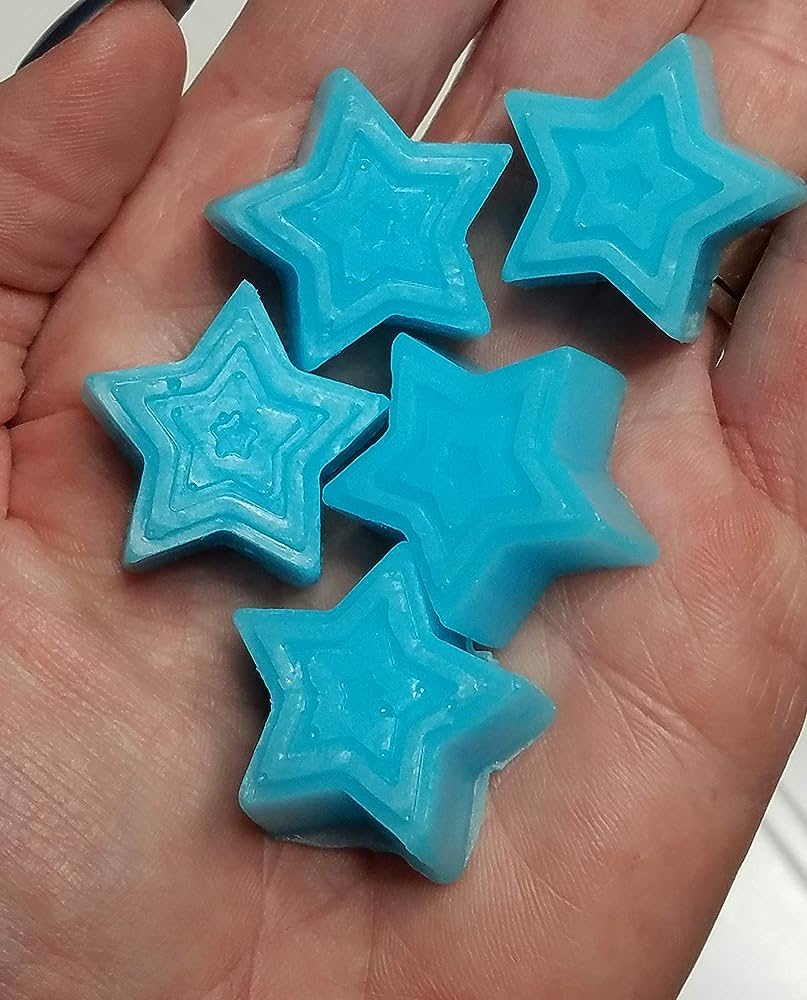Introduction
We often use air fresheners to make our homes smell pleasant. But have you ever wondered what goes on behind that burst of scent? The science behind air fresheners involves chemistry, airflow, and indoor air quality. While these products mask odors, they can also release tiny chemicals known as volatile organic compounds (VOCs) into the air. In this article, we’ll explore how different air fresheners work, how they affect indoor air quality, and what you can do to keep your home both fresh and healthy.
How Air Fresheners Work
Air fresheners use one or more of these methods to deliver fragrance:
- Masking Odors: Some sprays contain strong-smelling compounds that overpower bad odors temporarily.
- Absorbing Odors: Certain products use activated charcoal or baking soda to trap odor-causing molecules.
- Chemical Neutralization: Reactive chemicals, such as ozone generators, break down odor molecules at a molecular level.
- Fragrance Release: Most common air fresheners slowly release scents from a liquid or solid base. This happens through evaporation or heat.
When you spray or plug in an air freshener, fragrant molecules spread through the air. Your nose picks them up first, and the pleasant smell hides less desirable odors.
Types of Air Fresheners

1. Aerosol Sprays
- Mechanism: Propellant forces scented liquid out as a fine mist.
- Pros: Quick burst of fragrance, easy to use.
- Cons: Can disperse VOCs widely, propellants may irritate lungs.
2. Plug-In Diffusers
- Mechanism: Heat or fan spreads liquid scent from a refill bottle.
- Pros: Continuous fragrance, adjustable intensity.
- Cons: Constant VOC release, can use electricity.
3. Gel-Based Fresheners
- Mechanism: Fragrance mixed in gel slowly evaporates.
- Pros: Long-lasting, low intensity.
- Cons: Less odor control, may dry out over time.
4. Scented Candles
- Mechanism: Heat from flame melts wax, releasing scented oils.
- Pros: Adds ambiance, pairs scent with light.
- Cons: Can emit soot and hydrocarbons, fire risk.
5. Natural Diffusers
- Mechanism: Essential oils placed on reeds or in water evaporate at room temperature.
- Pros: Generally fewer synthetic chemicals, customizable blends.
- Cons: Oils may still contain allergens, need regular refilling.
Volatile Organic Compounds and Indoor Air Quality

Volatile organic compounds (VOCs) are carbon-based chemicals that evaporate at room temperature. Common VOCs in air fresheners include limonene, benzene, formaldehyde, and acetone. While they carry pleasant scents, these compounds can affect indoor air quality:
- Concentration Peaks: A single spray can raise VOC levels to ten times outdoor limits for several hours.
- Secondary Pollutants: VOCs react with ozone from outdoor air or certain machines, forming fine particles and formaldehyde.
- Persistent Chemicals: Some VOCs stick to walls, fabrics, and carpets, slowly re-releasing over weeks.
Poor indoor air quality can lead to symptoms like headaches, dizziness, and allergic reactions, especially in children and people with asthma.
Health Effects of Air Freshener Chemicals
Regular exposure to VOCs and other air freshener byproducts can cause:
- Irritation: Eyes, nose, and throat may feel sore or itchy.
- Respiratory Issues: Coughing, wheezing, or shortness of breath can worsen in sensitive individuals.
- Allergic Reactions: Some people develop skin rashes or nasal congestion.
- Long-Term Risks: Studies link high formaldehyde exposure to cancer; long-term effects of low-level VOC exposure are still under review.
While occasional use is unlikely to cause serious harm, heavy reliance on synthetic fragrances can degrade air quality and harm health over time.
Natural Alternatives and Safer Options
If you love a fresh-smelling home but worry about chemicals, consider these alternatives:
- Baking Soda Bowls: Place open bowls of baking soda in rooms to absorb odors naturally.
- Houseplants: Certain plants like spider plants and peace lilies filter air pollutants.
- Ventilation: Open windows when weather permits to replace stale indoor air with fresh outdoor air.
- DIY Essential Oil Sprays: Mix 10–20 drops of essential oil with water in a spray bottle. Use oils like lavender or eucalyptus for a gentle scent.
- Beeswax or Soy Candles: Choose candles made from natural wax with cotton wicks to reduce soot.
By using these methods, you minimize VOC release and support better indoor air quality without sacrificing a pleasant home environment.
Tips to Improve Indoor Air Quality
Beyond cutting back on synthetic air fresheners, adopt these practices to keep your indoor air clean:
- Regular Cleaning: Vacuum with a HEPA filter and dust surfaces to remove particles that hold odors.
- Humidity Control: Use a dehumidifier in damp areas to prevent mold growth. Ideal indoor humidity is 30–50%.
- Air Purifiers: Choose models with activated carbon and HEPA filters to remove both gases and particles.
- Limit Indoor Pollutants: Avoid smoking indoors, reduce use of harsh cleaning agents, and choose low-VOC paints and furniture.
- Routine Maintenance: Change HVAC filters every three months and have your air ducts cleaned periodically.
These steps work together to reduce pollutants, allergens, and lingering odors for a healthier living space.
Conclusion
Air fresheners offer quick relief from bad smells but rely on chemicals that can harm indoor air quality and health. Understanding the science behind air fresheners—from VOC release to secondary pollutant formation—helps you make informed choices. Consider natural alternatives like baking soda, essential oils, and houseplants to freshen your space without risking chemical exposure. Combine these with good ventilation, cleaning, and air purification for best results. By balancing pleasant scents with clean, healthy air, you can enjoy a fresh-smelling home that supports the well-being of everyone under your roof.










